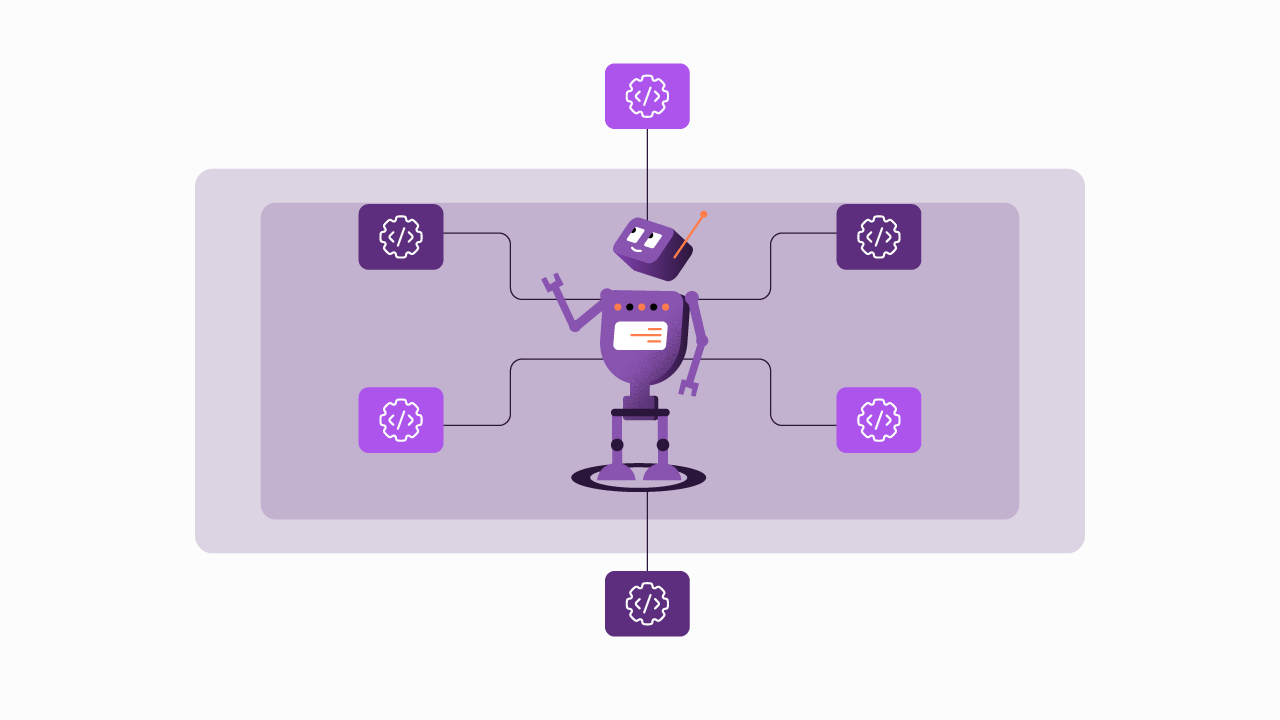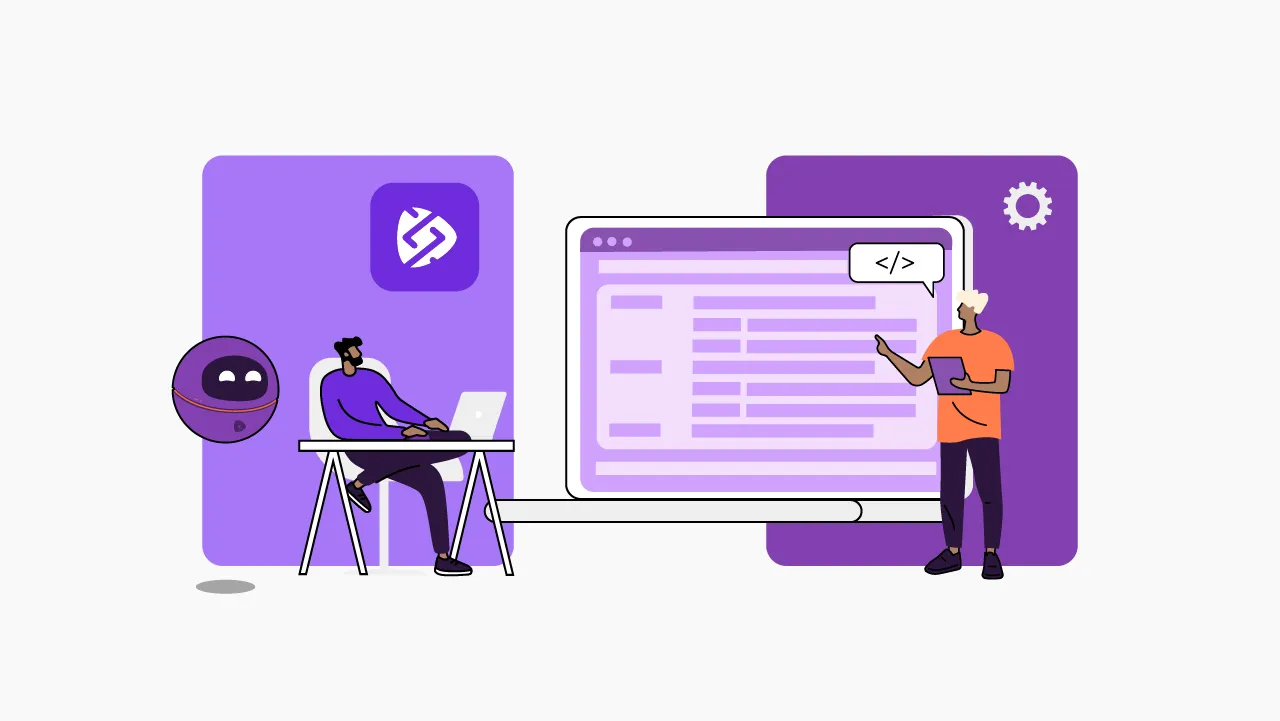Ahead of the Curve: Five Tech Trends Steering Credit Unions into Future Success | Part 5
As we journey to the end of 2024 and into 2025, I’m exploring some pivotal trends steering credit unions into future success. My first trend was ‘AI is Changing Existing Applications.’ My second trend was ‘Platform Engineering Becomes More Systematic,’ my third, ‘Open Finance Matures Worldwide,’ and my fourth, Multi/Federated API Gateways Become More Common.
If you would like more info, please check out our Credit Union resources page below:

Now, let’s explore my final trend in the series:
‘Non-Techie Consumption of APIs Spikes.’
How did we get here?
In the past, software developers created APIs. They would design and implement the APIs and put them in a developer portal. Then, other developers implementing new apps or user experiences, potentially outside the first developer’s company, would use these APIs and embed them in the apps or platforms they were creating. The focus was on finding the right API to help them develop what they needed faster.
Today, nearly every app or technology we touch is running on APIs. We demand applications that can assist us to do more and do it easily. For credit unions, think about their banking apps, instant loan approvals, identity theft protection, loyalty programs, etc. Those applications use APIs. That means the more applications we have, the more APIs we need. The number of APIs is growing steadily, and those APIs must be managed, secured, governed, monitored, and more.
How does API growth impact credit unions?
Credit unions (or CUSOs on their behalf) use APIs to speed up innovative product development (e.g., through the use of AI APIs) and enable partner vendor integrations. These efforts improve services and product offerings for members and allow institutions to meet their evolving demands. If your credit union outsources all IT and API development, this information will apply to your vendors. If your organization is leveraging in-house talent to build and manage some or all of your platforms and IT systems, this trend is something to keep in mind.
The increase in business technologist roles with less knowledge than developers has already started to boost API consumption, also thanks to low code platforms. API use will only keep growing, and how we connect with them impacts innovation and scalability. It also matters for security, compliance, and governance. Understanding these trends, especially outside your organization, will be vital to staying secure and competitive.
What’s spurring this trend?
The rise of API usage has sparked innovation that makes creating and connecting with them simpler, such as the rise of platform engineering, which is my second trend in this series. Platform engineering explicitly addresses user-friendly, self-service capabilities and decisively shifts focus toward the consumer developers, who use APIs somebody else has designed. Consuming existing APIs is becoming more frequent than designing APIs. In the 2024 Gartner API Strategy Survey, “82% of respondents reported that their organizations use APIs internally, while 71% also use APIs provided by third parties such as SaaS vendors.”
Generative AI will cause a significant spike in the usage of APIs. Generative AI is already helping developers design, document and test the APIs they produce. Visionary application infrastructure players, including Sensedia, have launched additional functionalities to help API design. Developers are training the Generative AI tools that assist them while the tools are training the developers, creating APIs that suit their needs anywhere in the world. After a few months of training, Generative AI tools will become more accurate in suggesting how to design and which APIs to use. Eventually, these tools will embed APIs in the design without asking the developer.
As suggested above, much of the growth will come from non-techie and nonhuman consumption of APIs. These non-techies include business technologists, citizen developers and integrators. According to industry analysts, non-techies outnumber programmers by a factor of 10, if not more. They will not use technology/system APIs but will use higher-level experience APIs like checking the balance of a bank account. Today, low-code platforms allow non-techies to compose new applications with APIs and other building blocks found through API marketplaces and private and public platforms.
What about nonhumans? As they become more sophisticated and more widespread, chatbots will increasingly consume APIs. Some financial institutions are already using them to answer simple member questions. And suppose we want to push ourselves to the end of the nonhuman spectrum? Imagine your refrigerator reordering everyday staples or you telling your virtual assistant (i.e., Amazon’s Alexa) to check the balance on your credit card. Not to mention the much-talked-about rise of the digital consumer.
Customers who purchase products and services digitally find it quicker and less error-prone to use apps that call an API rather than browsing social media or websites. Many consumer products companies are preparing to make this option available. Remember when websites were the only digital option for members to check their accounts? Most credit unions have shifted from online website banking to a banking app that does even more for members. Account consolidation apps (where you can see data from multiple financial providers) are becoming more common, too.
And last but not least, here comes Generative AI again. This time, it’s functioning independently, not enhancing a human developer’s capabilities. Large language models (LLMs) can process OpenAPI descriptions, especially the ones that convey the meaning and the purpose of that particular operation, and use them for whatever task they are trying to accomplish. And they never sleep! Imagine an AI-generated member service response in real-time, tailored to your members’ preferences, that could increase cross-sales and member satisfaction 24/7.
Four Tips for Credit Unions and CUSOs to Stay on Top of this Trend
Plan for API growth.
Actively monitor which APIs have the highest consumption levels along revenue-generating processes and ensure they can withstand much higher levels.
Choose the right developer’s experience.
Focus on self-service capabilities in your developers’ portal to ease non-techie (or even nonhuman) consumption of experience APIs.
Look broadly at security.
According to Traceable AI’s report, 2024 State of API Security: Financial Services, API ecosystems’ growing complexity could bring potentially serious consequences if financial institutions don’t address their security issues effectively.
- 64% of respondents do not have the ability to understand the context between API activity, user activity, data flow, and code execution, hindering their ability to detect and respond to API-based threats effectively.
- 42% of financial institutions that experienced API-related data breaches attribute the attacks to fraud, abuse, and misuse.
- API-related breaches impact the financial sector with data loss and brand reputation damage (both 41%) topping the list of repercussions, followed by financial loss (36%) and customer attrition (35%).
API Security is normally a multi-layer responsibility ranging from API gateway security-related features to specialized providers of API security. A wider view of that topic is your best defense against malicious/malfunctioning nonhumans or even particularly active LLMs. AI gateways are very promising in this area. And don’t forget rate limiting is always there.
And imagine the possibilities.
APIs and AI are changing the way we do everything, including banking. As financial services become more open and connected, new challenges will arise, as will new opportunities. Credit unions and CUSOs that keep up with the trends, take bold action and partner with vendors who are doing the same will be quicker to rise to the top.
Begin your API journey with Sensedia
Hop on our kombi bus and let us guide you on an exciting journey to unleash the full power of APIs and modern integrations.
Related content
Check out the content produced by our team.
Embrace an architecture that is agile, scalable, and integrated
Accelerate the delivery of your digital initiatives through less complex and more efficient APIs, microservices, and Integrations that drive your business forward.





.svg)




.png)

